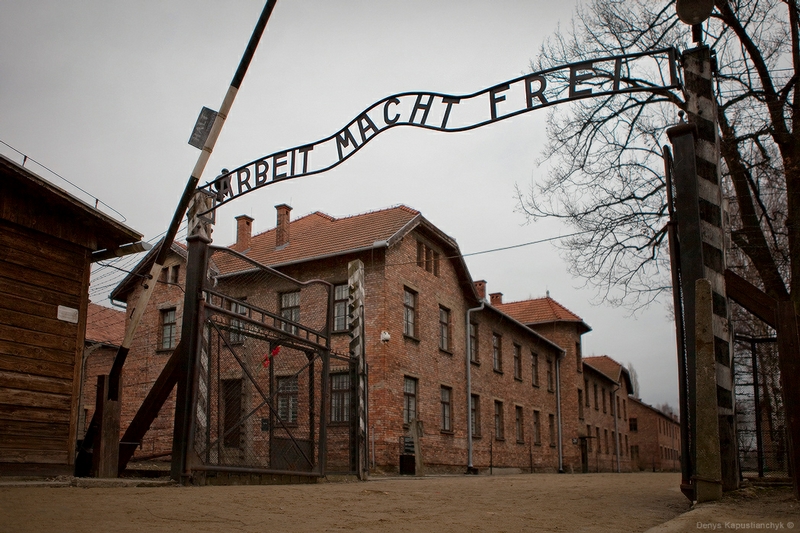
The inscription "Arbeit macht frei" meaning "Work makes free" was
stolen in 2009 and then found sawn up into three parts. What one may see
now are these three parts restorated and given back to the front
entrance.
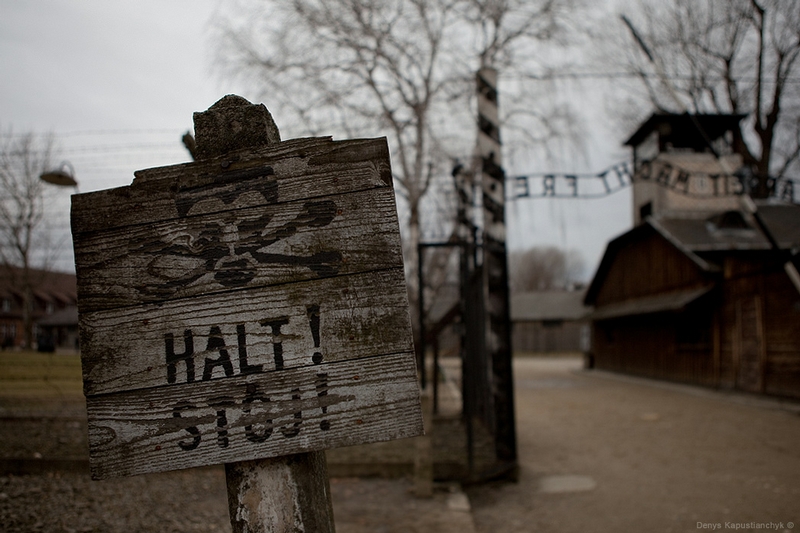
Concentration camp Auschwitz was established in the former military barracks of the Polish town Oswiencim.
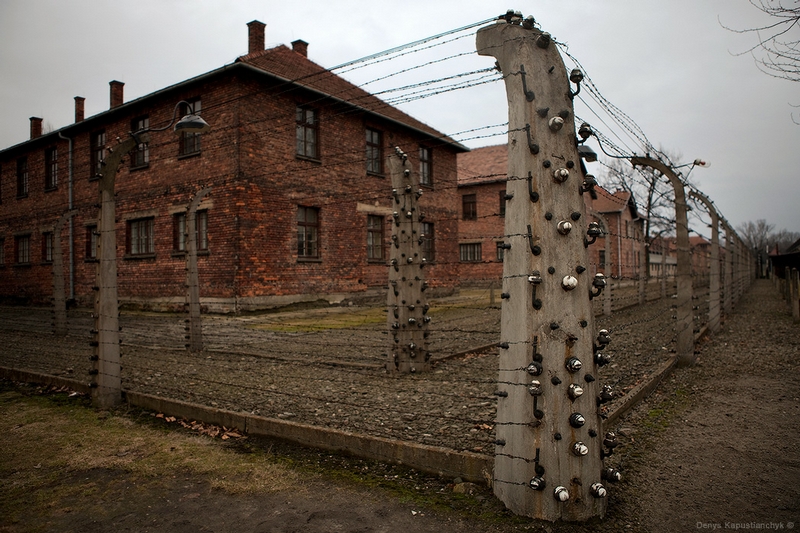
The territory got encircled with double barbed wire fence.
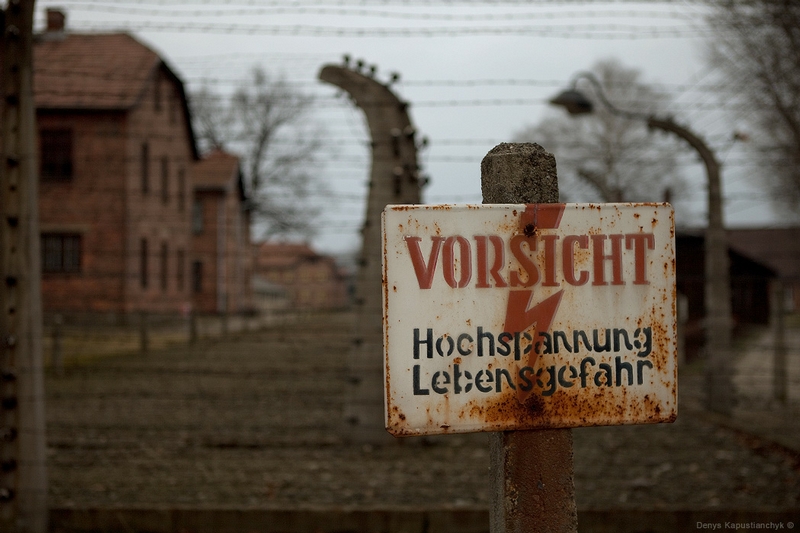
The barracks were renamed into "blocks" and numerated.
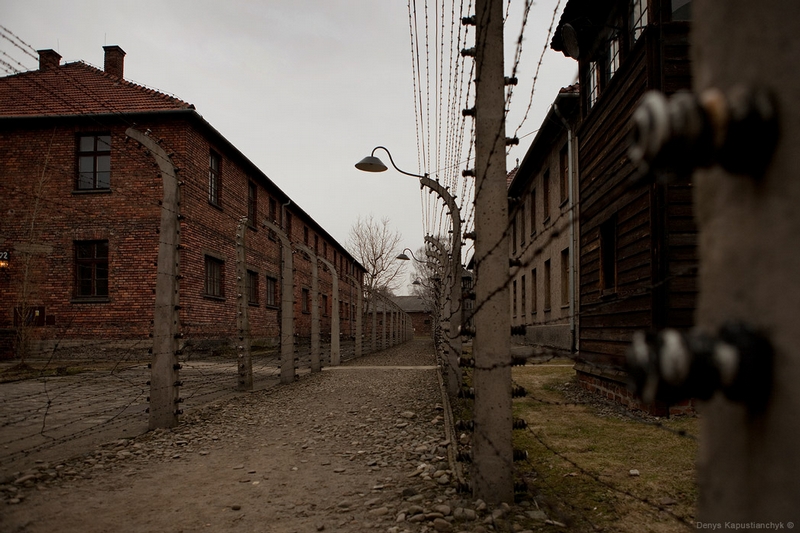
Prisoners were placed into the blocks according to race, sex and other сriteria.
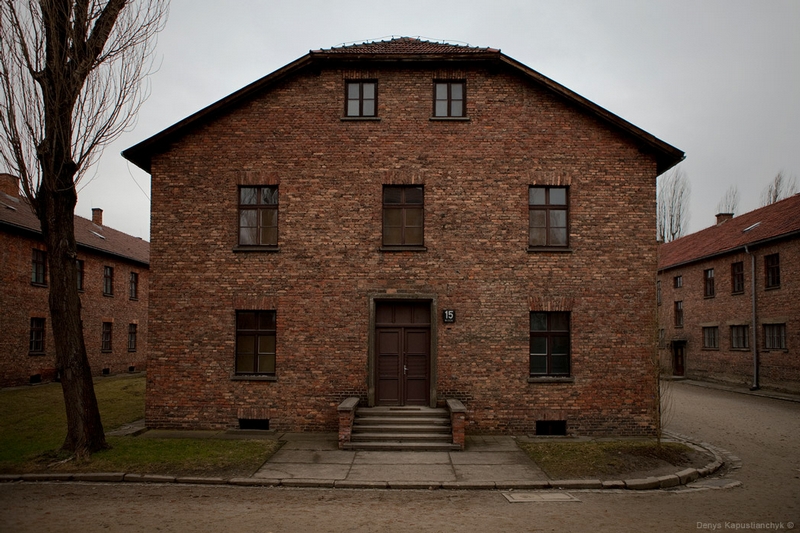
Today in some blocks one can see historical expositions.
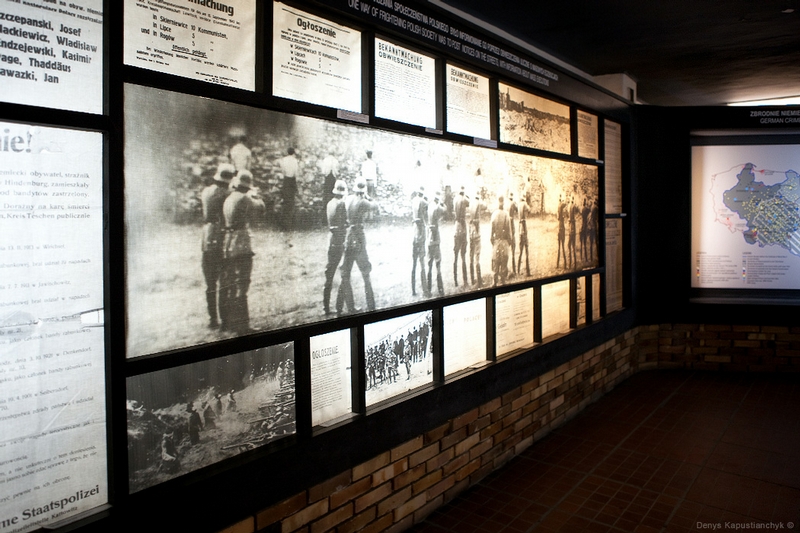
German aggression against Poland.
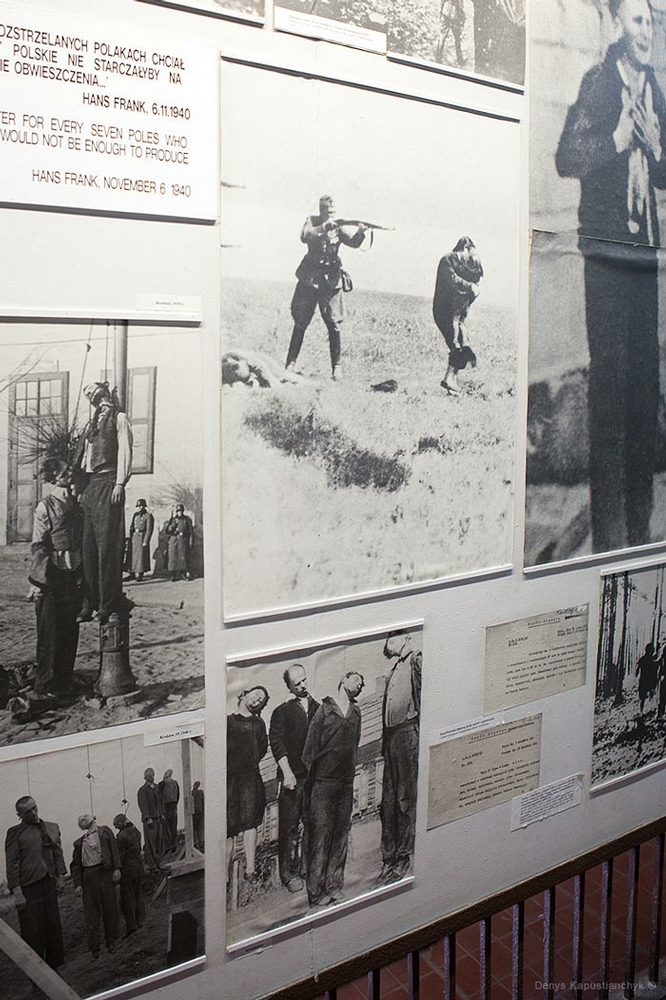
Executions in Cracow.
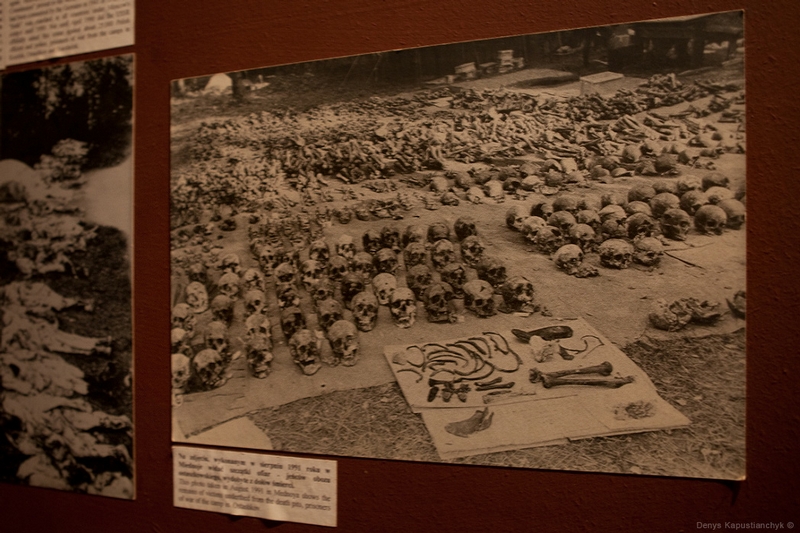
August 1991, village Mednoye (the Tver region, Russia) - remains of the prisoners of war in a concentration camp.

Polish children, who were in the army of general Anders, and in 1942 were evacuated from the USSR to Iran.
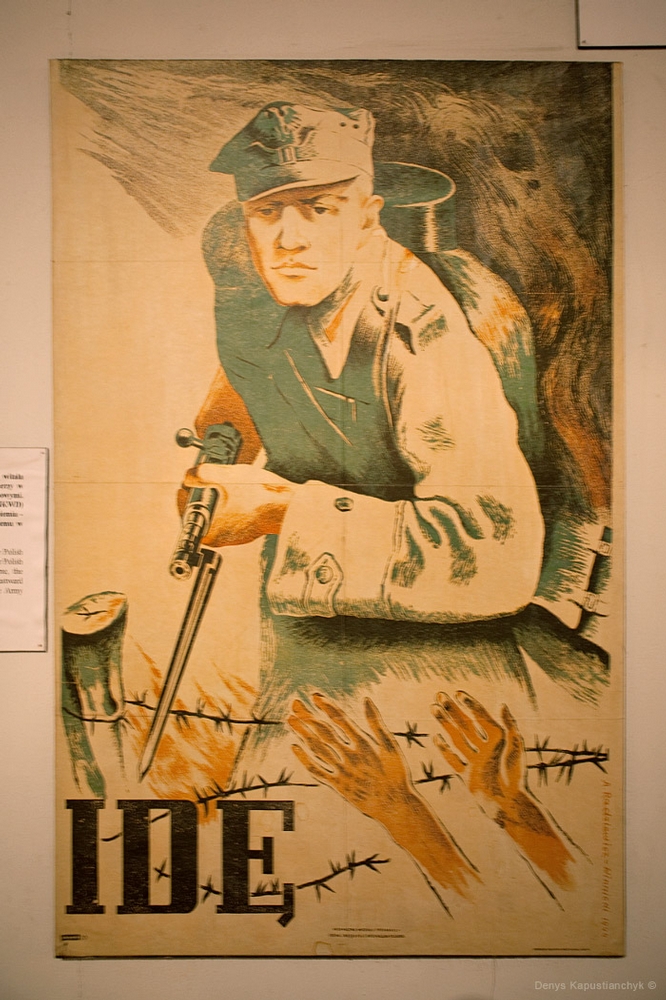
Wartime posters.

Plan of the places from where Jews and prisoners of other nationalities were deported to Auschwitz.
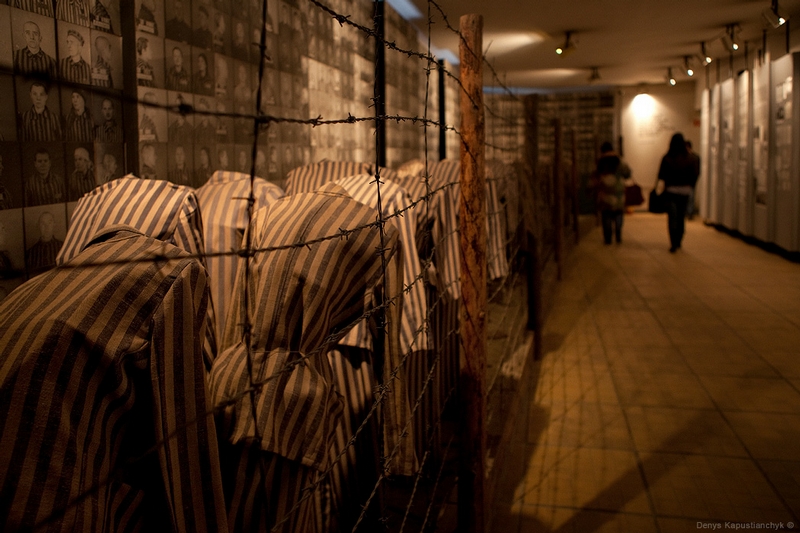
Prisoners' uniform.
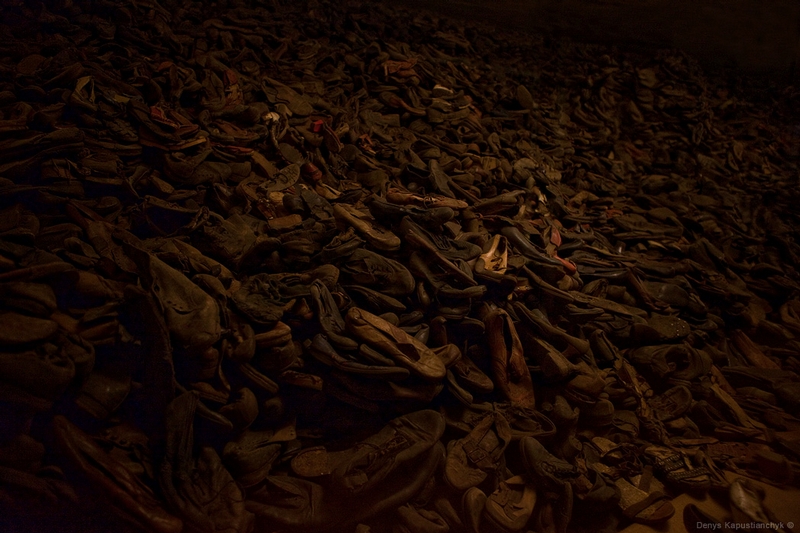
Prisoners' shoes. In this block there are heaps of personal things,
eyeglasses and suitcases. On the upper floor - several tons of human
hair, stored up for the German light industry.
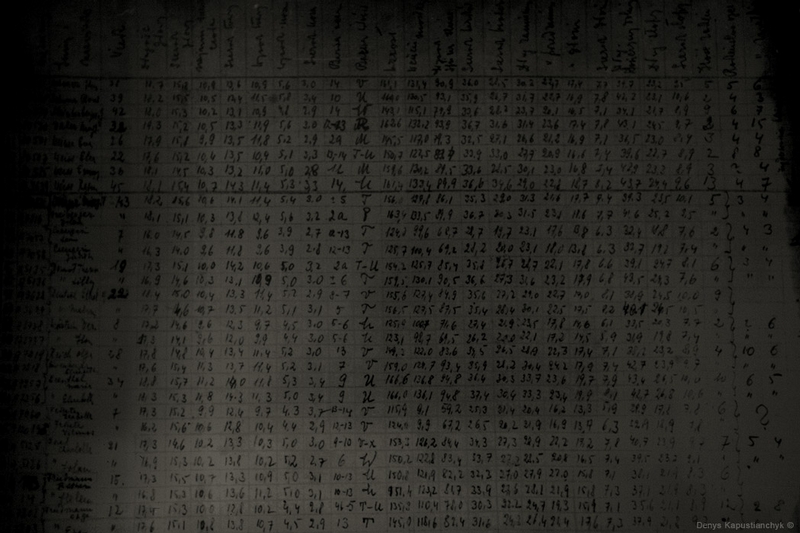
Anthropometric data of the prisoners written down by doctor Joseph Mengele, also known as "Angel of death".
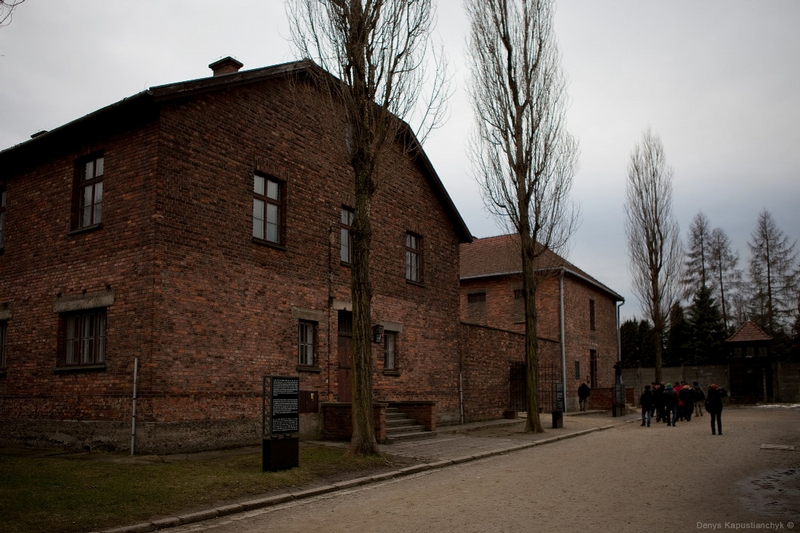
These two blocks are connected with walls.
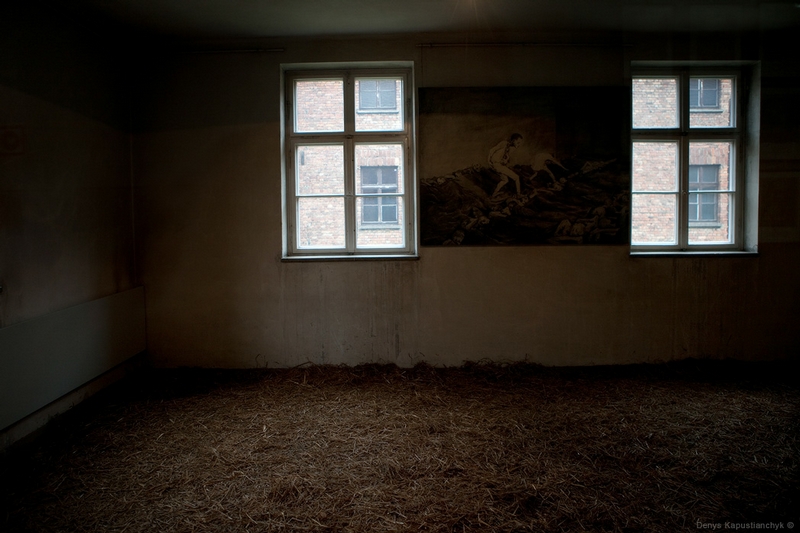
Here the doomed to execution waited for their deaths.
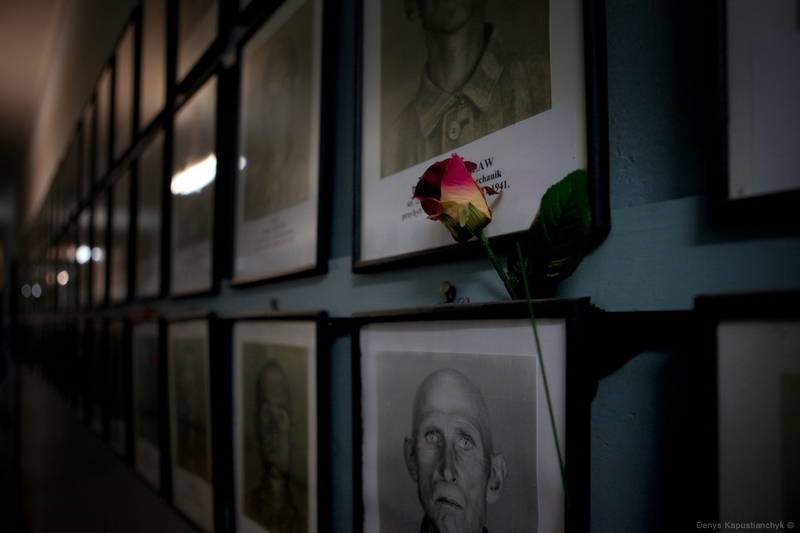
The walls are covered with the portraits of the executed people.
Judging by the dates, men lived here about a year on the average and
women about three months.
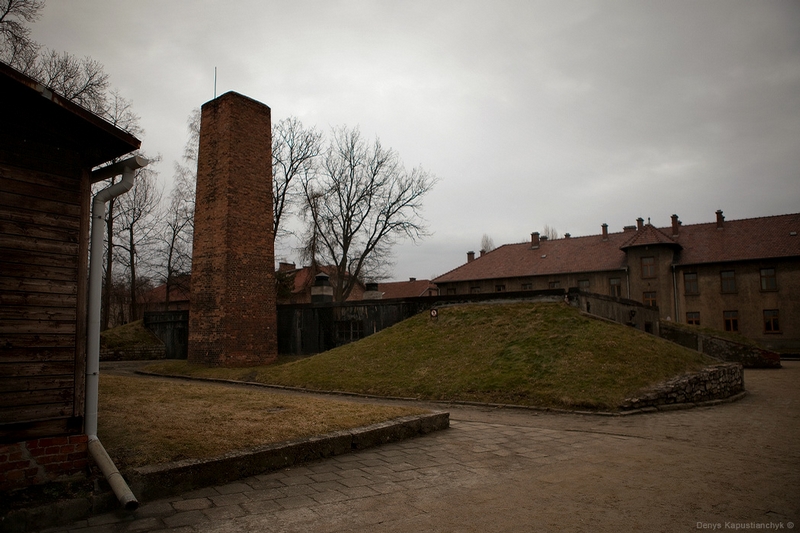
Camp crematorium.
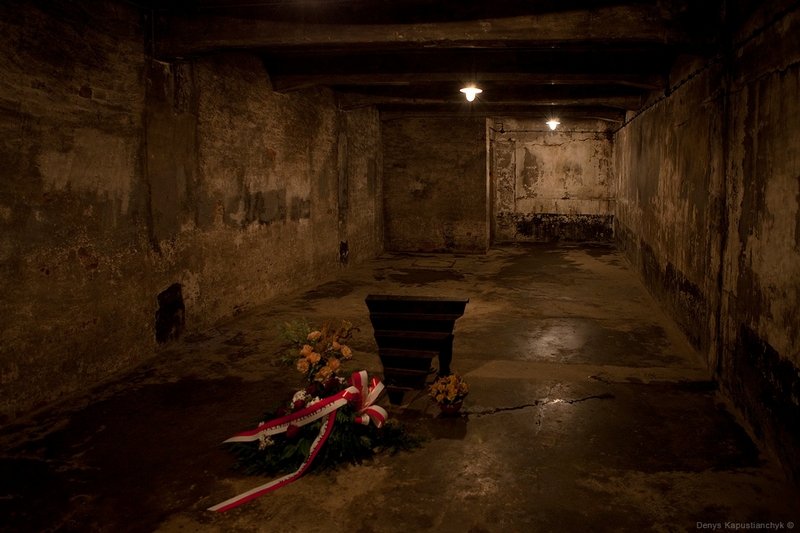
Gas chamber.
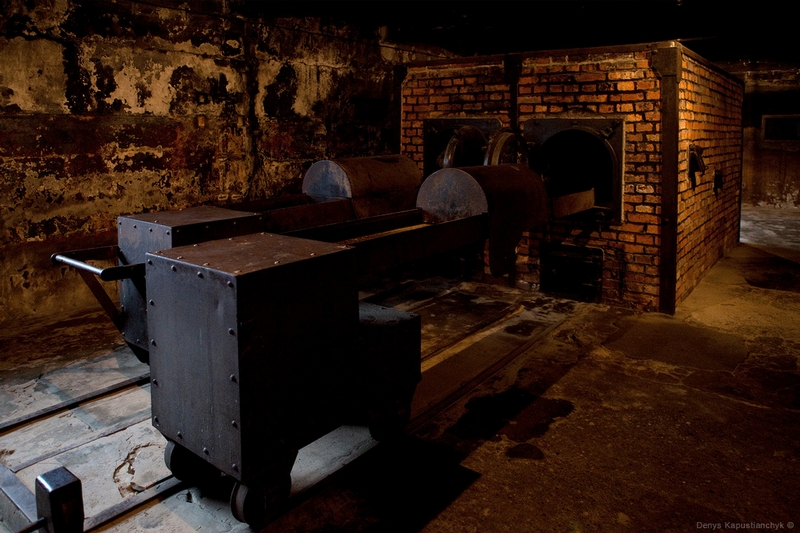
Incinerators.
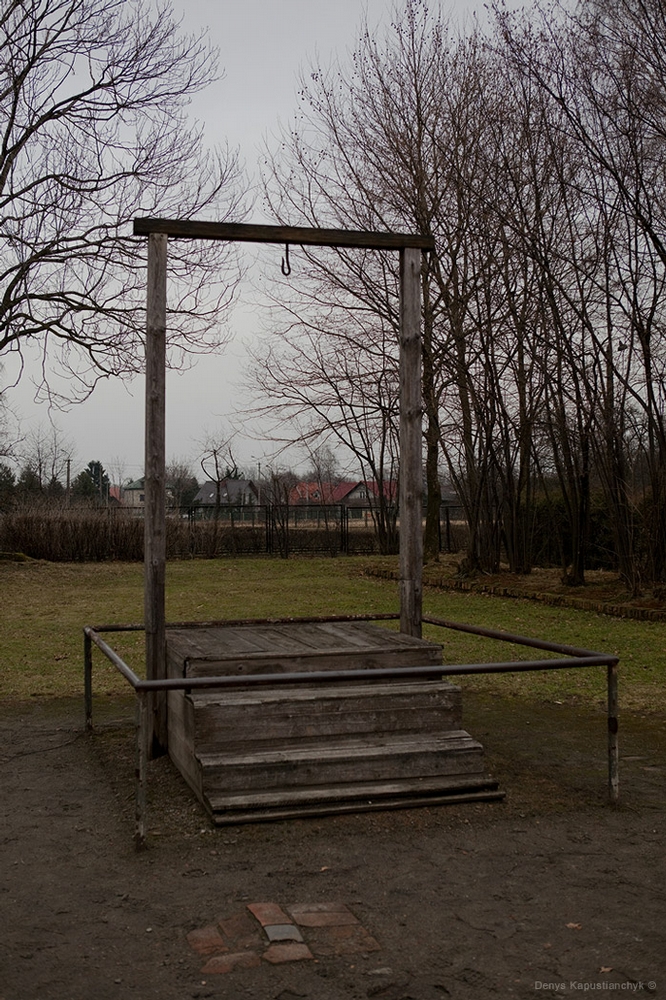
Behind the crematorium there are the gallows where the first commandant
of Auschwitz concentration camp Rudolf Hoss was hanged in 1947.
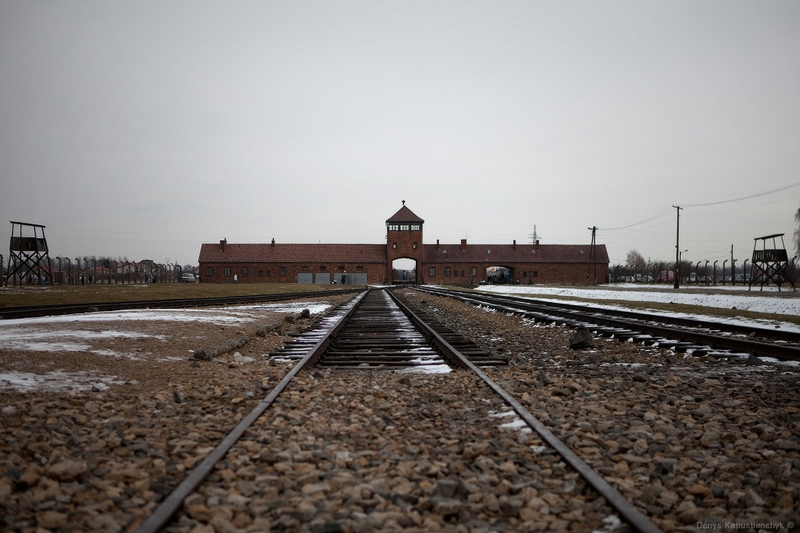
Birkenau (Auschwitz 2). In 1941 the German authorities made the
decision to extend the concentration camp and near Oswiencim the largest
German concentration camp was built - Birkenau. It was projected to
keep hundreds of thousands of prisoners, which had to be placed
according to the categories: sex, nationality, race, health condition
etc.
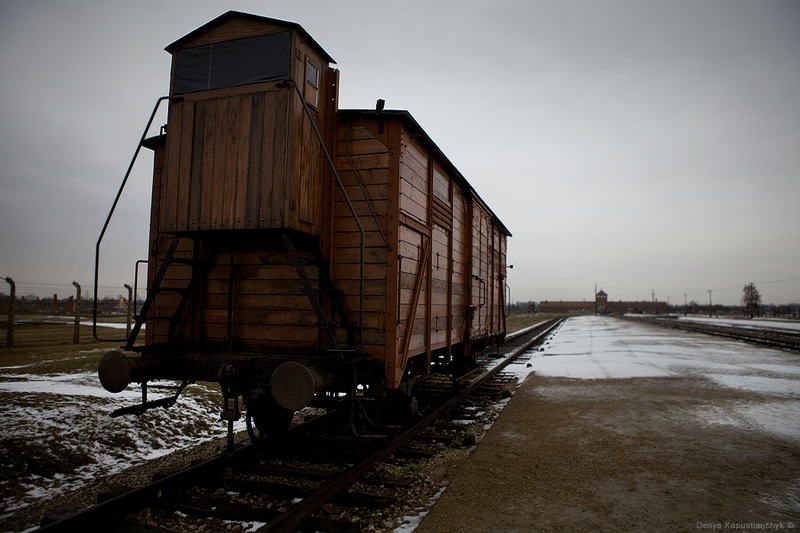
There were two railroads in the camp.
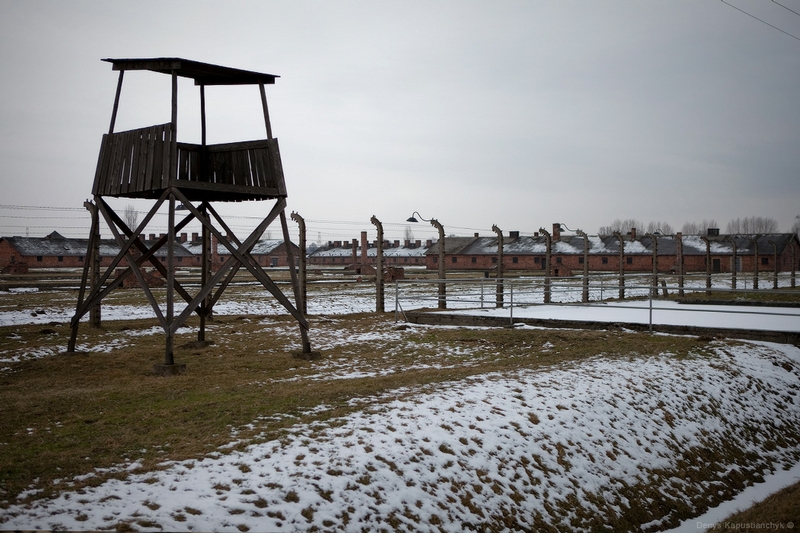
On one side there were brick barracks, the purpose of which continually changed.
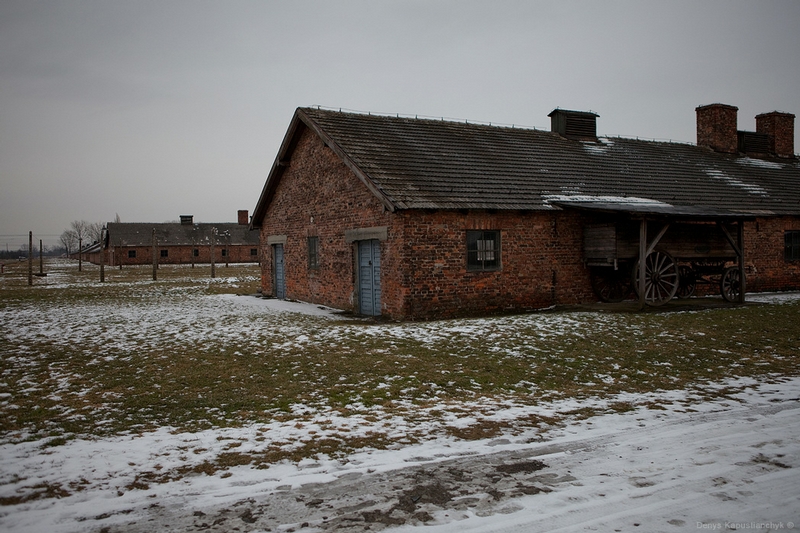
There were single chambers where prisoners served their sentence and chambers where prisoners were killed with injections.
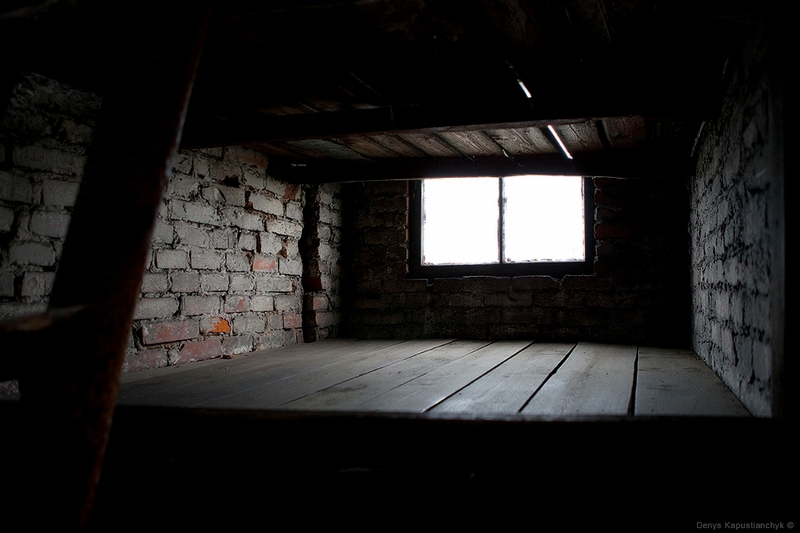
Inside the barracks.
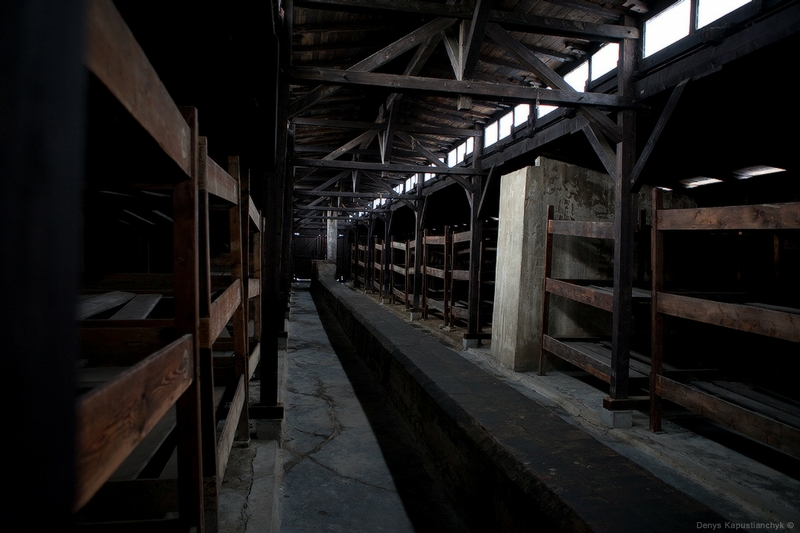
Prisoners were placed in four tiers.
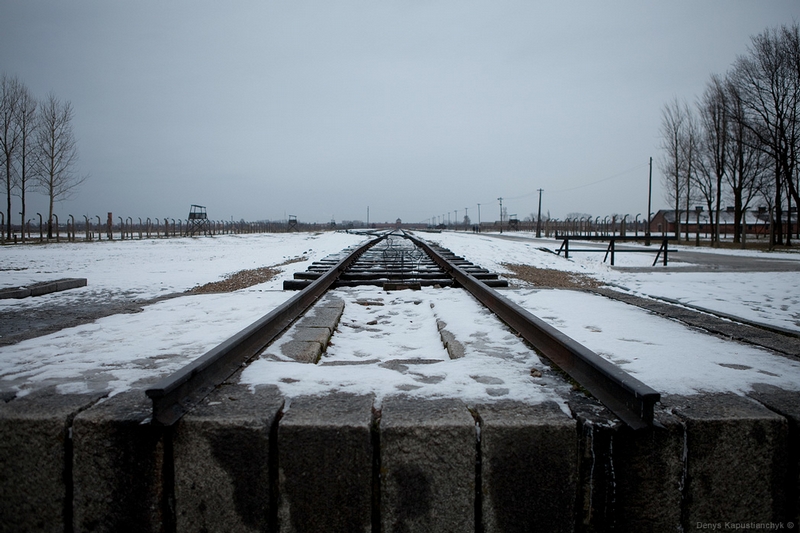
The railway went from barracks to gas chambers and crematoriums.
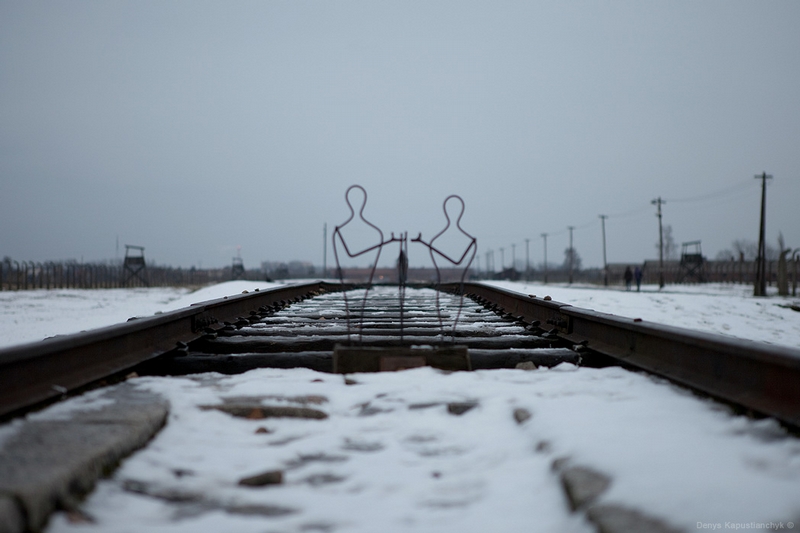
Crematoriums of Auschwitz-2 are destroyed.
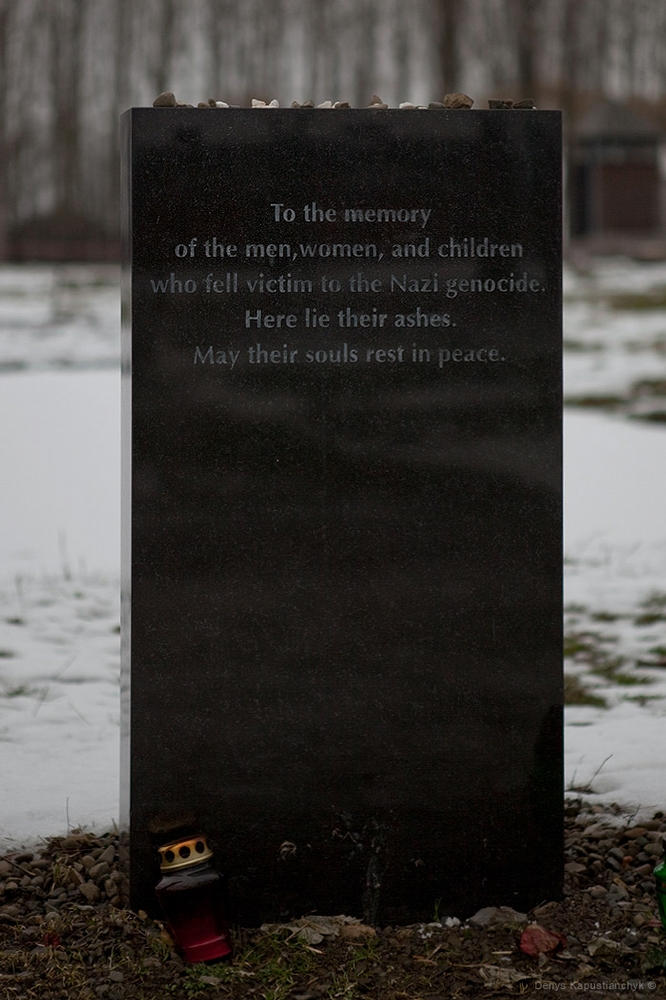
Such memory stones are installed by the former crematoriums.
via denkap

0 comments:
Post a Comment